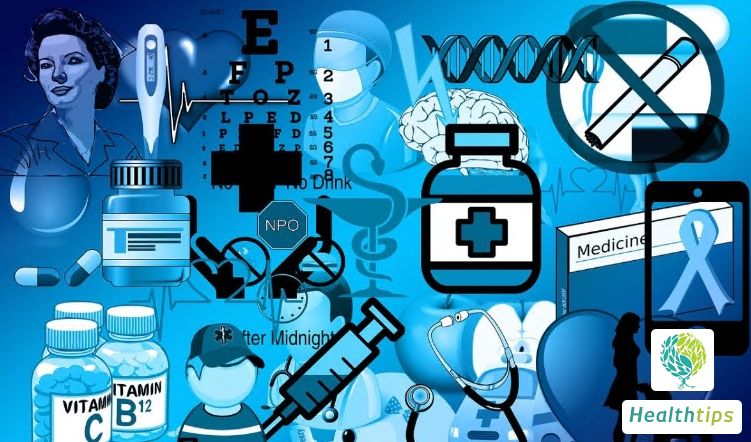"Has Childhood Epilepsy Been Successfully Overcome?"
Epilepsy Treatment and Management

Having suffered from epilepsy as a child, the condition has been controlled through medication and other treatments, marking a state of remission. The treatment plan should be tailored to the specific type of epilepsy. It is advised that patients actively seek medical attention, undergo systematic examinations, receive a definitive diagnosis, and adhere to prescribed treatment protocols to avoid exacerbating the condition.
1. Idiopathic Epilepsy
Idiopathic epilepsy originates from highly synchronized abnormal discharges of brain neurons, with a familial genetic component. It manifests in various forms, including generalized tonic-clonic seizures, tonic seizures, clonic seizures, and partial seizures. In some cases, patients may have experienced childhood epilepsy that has since been cured. Patients with idiopathic epilepsy require long-term antiepileptic drug (AED) therapy, such as carbamazepine, phenytoin sodium, and sodium valproate sustained-release tablets.
2. Symptomatic Epilepsy (Secondary Epilepsy)
Also known as symptomatic epilepsy, this type can arise from focal or systemic diseases. Common causes include intracranial infections, cerebrovascular diseases, tumors, metabolic disorders, poisoning, allergies, among others, all of which can lead to abnormal neuronal discharges resulting in seizures. Treatment should focus on addressing the underlying disease. For example, epilepsy caused by cerebrovascular disease may necessitate antiplatelet aggregation therapy with aspirin enteric-coated tablets or clopidogrel bisulfate tablets, or anticoagulation therapy with rivaroxaban tablets or dabigatran etexilate capsules.
Patients diagnosed with epilepsy should initiate medication promptly to control symptoms. When clinical symptoms cannot be fully controlled, medications may be adjusted according to individual circumstances, but self-medication is discouraged. If epilepsy is poorly controlled by medications and episodes occur frequently, surgical intervention may be considered. In addition to AEDs, patients should avoid risk factors such as respiratory infections, constipation, and falls to prevent triggering seizures.



















